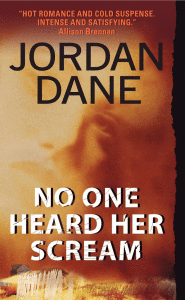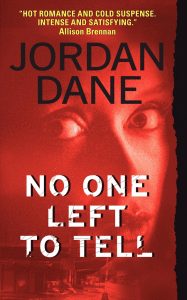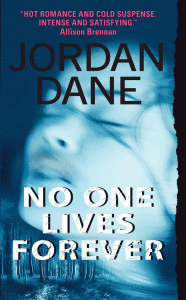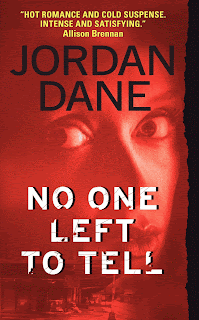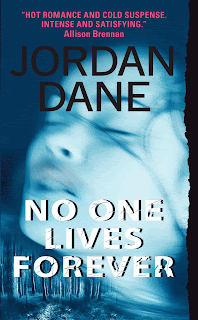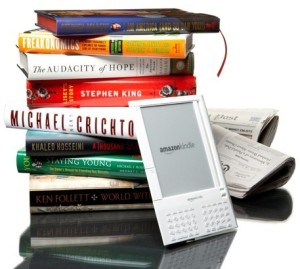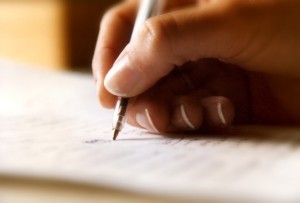To get my e-book into the hands of readers, I had decisions to make. Should I upload my book through a Distributor/Aggregator with bundled services for multiple retailers or load them directly onto the sites of individual retailers? If you have a number of titles from your backlist, this could seem daunting, but bear with me. Some retailers are easy to upload into directly, regardless of the number of titles you have, while others restrict authors who don’t have enough offerings to meet their initial minimum requirements.
As I stated in my first post on this series, if you upload to Amazon and B&N, you’ve covered 60-70% of e-books sold today. That’s a good place to start. I could have formatted my own books to save money, but I went through a service provider to do this as I continued writing my contracted books. My formatters created my e-book files for Sex, Death and Moist Towelettes & Dark Kiss through Amazon (Mobi), B&N (ePub), and Smashwords (.doc), plus my e-book and pdf file for my Print-on-Demand (POD) non-fiction book with a cover design for the front, spine, and back of One Author’s Aha Moments.
To optimize an indie author’s outreach and distribution efforts, I’m listing other options beyond Amazon and B&N in this blog series. Stay tuned for more in the weeks to come when I post about Distributors & Library Sales, Retailers with Volume Restrictions, and I draw some conclusions from all this in my final post on the indie author topic. I plan to launch a page on my Fringe Dweller blog where I will list indie resources and maintain them.
Below are the e-book retailers that allow anyone to upload content, no matter how many offerings you have or your publisher status. (Kobo will be mentioned in the next post, but there are many interesting changes happening that will put them on this list soon.) Please be aware that each of these sites operates under different formats and you should get familiar with their guidelines.
Amazon’s Kindle Digital Publishing (KDP) – Amazon’s primary e-book format is Mobipocket (Mobi) files, with or without DRM. Amazon currently dominates the market on e-book retail sales. Authors and publishers have access to an effective online retail outlet. Their royalty percentages are split by price point. Currently, that is 70% if your e-book is priced between $2.99 & $9.99, or 35% for all other price points. There is a small delivery charge based on size of file and royalties are paid monthly.
Barnes & Noble – B&N’s upload service is called PubIt!. PubIt! is similar to the Amazon KDP and gives indie authors the ability to upload a higher quality of ePub file that will not be lost through an automated conversion process where standards might be lower. The system also accepts Word, HTML, RTF, and TXT documents, which will be auto-converted to the ePub format.
Apple’s iBookstore – Apple’s iBookstore is open for authors and publishers to upload their own content. You must have a Mac computer to use the iTunes Producer program to upload the files. The signup process may seem intimidating, but an indie author can earn a higher royalty percentage by going direct and not through a distributor/aggregator. If you are unable to use Apple’s system because of limitations, the iBookstore provides a link of Approved Aggregators you can go through.
Google – Google’s e-book store allows readers to purchase PDF and ePub versions of your book, protected by the Adobe DRM. (Digital Rights Management is a term for any security measures designed to inhibit piracy.) The Google e-book store is part of the Google Books Partner Program. HERE is a link on their system requirements.
Lulu – Lulu uses ePub, PDF, and Microsoft Reader (LIT) formats, with and without DRM. Lulu is well-known for its Print-on-Demand (POD) services and an indie author can sell e-books through them. Lulu takes a cut of sales and there could be an additional fee to use the DRM option. Lulu is an Apple-approved aggregator for the iBookstore.
ebookMall – A $19.95 submission fee is waived until June 30, 2012. ebookMall uses ePub and PDF file types. Lightning Source could be an alternate source into this retailer.
Scribd – Scribd uses PDF files only and cannot sell other formats.
Smashwords – Smashwords works off a specific Word document style (HERE) that must be in accordance with the Smashwords Style Guide. That Word doc is auto-converted into 9 different formats at the author’s option. In addition to selling books at its own online store with the lowest fee of any retailer listed here (15%), the Smashwords Premium Catalog offers authors and small publishers a way to distribute their titles across a variety of retailers, including Apple’s iBookstore, the Sony eBook Store, Barnes & Noble, Kobo, and others.
In my next post, I will go into more detail on the various issues with a middleman distributor. Be aware that an indie author can have format issues by going through the conversion process and this can translate into downstream retailers taking issue with e-book quality from that distributor and YOU. Bottom line is, uploading directly to a retailer with relative ease might be your best option. You’ll see why in my next post when we talk about issues beyond formatting, like cumbersome and untimely price changes when going through a third party.
Some of this sounds daunting, but remember, if you’ve got your book onto Amazon and Barnes & Noble, you have your digital baby with the largest e-book retailers. Fine tuning your retailer outreach can be done as you have time. It doesn’t have to be done all at once. Many of these sites will take time away from your writing, so weigh the benefits against the time it takes for you to focus on this, but once you see how things go, you can fine tune where you will focus your retail and promotional efforts.
If you’re an indie author, please share your experiences with the retailers I mentioned and what has worked for you. If you are exploring the idea of self-publishing, do posts like this help you or intimidate you?

